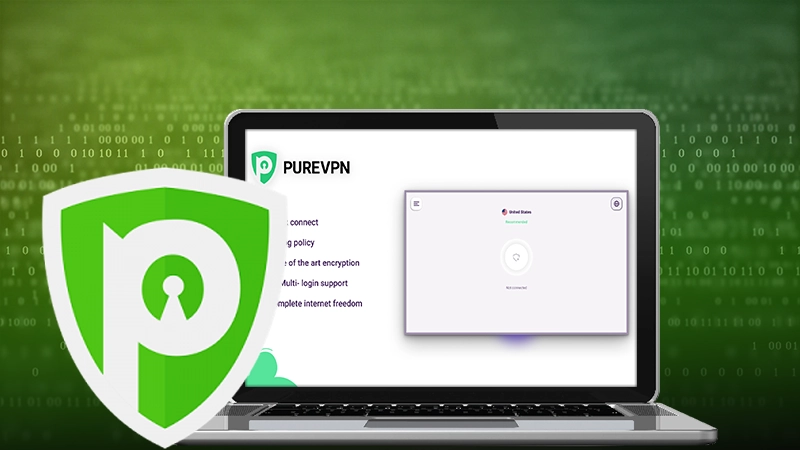How Financial Institutions Can Enhance Their Data Security
Hearing the term ‘bank security’ makes most think of thick titanium vaults and red lasers. Yet, another type of bank security is just as crucial – cybersecurity. If banks don’t take measures to secure their data, hackers can easily wreak havoc on their systems. They can gain access to sensitive customer information and other vital documents. As of 2022, the financial sector has been hit hard by cyber attacks. According to TrendMicro, financial firms saw a 1,300% increase in ransomware infections.
All it takes is one data breach to cripple any organization – even at the enterprise level. That’s why banks need to take their cybersecurity just as seriously as their physical security. Read on to learn how banks can reinforce their data to protect it from hackers.
Multi-Factor Authentication
One of the most crucial aspects of financial cybersecurity is authenticating the user. Banks need to confirm the identity of every single user performing a transaction. That includes logging in to mobile banking, visiting the bank in person, and using debit cards. In the past, a single form of authentication was all that was in place. Once users entered their PIN or personal ID, they were considered authenticated.
More financial institutions are opting for two-factor or multi-factor authentication in today’s age. That is a way to ensure that the user is who they say they are. There are multiple ways organizations can use two-factor authentication. A popular way is to require the user to enter their ID and password and verify a code sent to their smartphone.
New Forms of Encryption
Financial encryption is vital for any organization wanting to protect its data. Encryption refers to scrambling sensitive data so that no one else can view it without a key. The key will decrypt the data so the user can interact with it. Financial institutions need to keep sensitive user information encrypted at all times. An emerging form of encryption is called homomorphic encryption. That’s where banks can keep their data encrypted at all times, even when working with other organizations. Third parties can collaborate and perform computations (often math-based) on encrypted data. Financial institutions can use this type of encryption to gather business intelligence from data without having to decrypt it. It’s a way of keeping private data safe while accessible at the same time. Fully homomorphic encryption is still in its infancy, but it has massive potential for protecting multi-party computations for banks and other financial institutions.
Vulnerability Scanning and Penetration Testing
Lastly, an integral way that financial institutions fight back against hackers is with vulnerability scans. These are scans that analyze the security of an organization’s data. The scan will generate a report outlining any vulnerabilities or security weaknesses it found. That way, the organization can fix these weaknesses before hackers get the chance to exploit them. It’s wise for financial institutions to use vulnerability scanning and penetrating testing, as they’re 300 times more likely to experience a cyberattack than other organizations. Penetration testing (pen testing for short) takes vulnerability scanning a step further. It involves not only finding weaknesses but attempting to exploit them. That provides valuable insights into the severity of each vulnerability.
Those are some examples of how financial institutions protect their data. In the modern age, the risk of a cyber-attack is far greater than a bank robbery. That’s why banks and other financial institutions need to protect their data at all costs. By authenticating users and encrypting data, banks will keep their data safe. Also, boosting these efforts with vulnerability scans will help keep hackers away.
What Is Mobile Proxy And How Do They…
What Is Residential Proxy? Definition And Guide 2024
Protect Yourself from Cybercrime: Top 5 Smart Strategies…
Strategies for Cyber Success: Safeguarding and Managing Your…
Cybersecurity Course Online: Navigating the Digital Threat Terrain
Are You Being Spied On? 5 Reasons Why…
Fortifying Your Online Fortress: Unveiling the Best Paid…
The Imperative of Cybersecurity Integration in Front-End Development…
10 Tricks for Staying Cyber-Secure While Binge-Watching
Securing Your System: The Importance of Anti-Malware Software
Benefits of VPN for Enterprise Networks: Enhanced Security
PureVPN – The Best Streaming VPN












